When did the “katana” become, well, the katana? Short answer: not on Day One. The story starts with straight blades at ceremonies and ends with masterpieces that make museum glass fog up with envy. Let’s time-travel—light armor required.
Ancient & Early Blades — Jōkotō / Chokutō (4th–11th centuries)
A: Surprise: the earliest finds were stone and bronze blades—mostly ceremonial, more “temple chic” than battlefield-ready.
Steel steps onto the archipelago during the Kofun period (c. 250–538), with smelting and forging know-how arriving via China and the Korean peninsula. Many early blades come to us in rough shape from burial mounds, but an 8th-century cache preserved in Nara’s Shōsō-in lets us see these ancestors properly maintained and polished.
Historians call these straight, flat-sided early swords jōkotō (“ancient swords”) or chokutō (“straight swords”), spanning roughly the 4th–11th centuries. Variants include kiriba-zukuri with symmetrical, flat faces and a steep bevel close to the edge, and the chunkier, more practical kissaki-moroha-zukuri, which carries a short double-edged section running back from the tip.
- Function: largely ceremonial at first.
- Geometry: straight profiles; edges tending on the blunt side by later standards.
- Why it matters: establishes the platform the curved “katana look” will evolve from.
File under: the prequel trilogy—essential set-up, minimal curve.
Heian (794–1185) — Curves & Clear Hamon Appear
A: Mid-Heian is when the glow-up begins.
Earlier jōkotō hamon are thin and straight, often faint. From the Asuka period onward, smiths apply clay to control hardening—suguha (straight) hamon become crisp and readable. Through early/mid-Heian, swords get longer, wider, and thicker, with a gentle sori (curve). By late Heian, the shinogi-zukuri style—ridge shifted closer to the spine for a keener edge—looks strikingly like modern nihontō. Hamon also blossom into wider, livelier patterns, notably the clove-shaped chōji, and the modern, capped tip form appears.
Name-drop time: legends such as Munechika (Yamashiro), Yasutsuna (Hōki), and the Bizen greats Kanehira and Tomonari set benchmarks many still chase.
Kamakura (1185–1333) — Built for Battle
A: Because the warrior class is running the show—and they need hardware, not hallway decor.
As samurai power rises at the end of Heian and into Kamakura, demand shifts to sturdier, more curved, combat-worthy blades. Signatures (mei) start appearing. Courtly display swords retain straight profiles, but battlefield pieces evolve fast—helped along by the Mongol invasions, which stress-test designs.
Technical leaps include broader, more complex hamon and composite construction with a softer core (shingane). The new shogunate attracts smiths to Kamakura in Sagami, seeding the famed Sōshū tradition. Elsewhere, schools flourish—especially Bizen in today’s Okayama region (Fukuoka, Yoshii, Osafune). With rich iron sand, charcoal, water, and transport, Bizen becomes a production powerhouse—arguably the cradle of the “modern” Japanese sword and, from mid-Kamakura (~1250) to early Edo (~1603), the most prolific region.
Nanbokuchō (1331–1392) — The Age of Giant Tachi
A: Foot soldiers did. When fights leave the saddle, blades get big—really big.
Early Nanbokuchō swords grow dramatically. Monumental no-dachi/ō-dachi often push blade lengths past 90 cm. Hefty mass and imposing profiles are hallmarks of the age.
Muromachi (1336–1573) — Uchi-gatana Goes Mainstream
Ashikaga Takauji establishes a new shogunate in Kyoto’s Muromachi district. Then the Sengoku era (1467–1600) turns the volume to eleven: daimyo vie for unification, and war becomes a way of life. Enter massed infantry (ashigaru)—part-time soldiers who farm when they’re not fighting. Their weapon of choice? The spear.
- Spears (yari): simple straight blades (15–25 cm) on poles up to ~4 m; types include su-yari and cross-shaped jumonji-yari. Forged from tamahagane with hamon, typically given a coarse polish; often made by specialist spear-makers.
- Naginata: long polearms with broad, sword-like blades, crafted by swordsmiths to high standards; in widespread use since Heian, refined in Kamakura.
A: In tight quarters. Soldiers need a quick-draw, one-hand-friendly sidearm.
Early Sengoku troops adopt the uchi-gatana: typically 60–70 cm, worn edge-up, thrust through the belt for a lightning draw—unlike the longer tachi (up to ~100 cm), suspended edge-down and usually requiring two hands to draw. As the uchi-gatana spreads, mounts simplify (think black-lacquer scabbards), then gradually evolve into the classic koshirae we picture today.
Azuchi–Momoyama (1568–1600) — Opulence, Gifts, and Bling
A: Booming trade and wealthy patrons. Swords become premium gifts and status signals.
Often dubbed a Japanese Renaissance, this era sees lavish mounts: gold, lacquer, intricate carving, etching, and inlay on tsuba, fuchi-kashira, menuki, kogai, and kozuka. Smiths frequently sign their finest works. Two broad types coexist:
- Utilitarian uchi-gatana with plain, battle-focused koshirae.
- Ornate presentation pieces for high-ranking samurai or as formal gifts.
By early Edo, the paired daishō—a long sword (≥ ~60 cm) and a shorter wakizashi (~40–45 cm)—is the samurai’s standard dress. Only samurai may wear the pair; commoners may carry a shorter blade under ~60 cm. Prosperous merchants sometimes commission extravagantly decorated wakizashi, keeping artisans employed (and very busy).
Edo (1603–1867) — Shintō & The Great Revival
Peace under Tokugawa rule means fewer battles and fewer bulk orders from daimyo. Urban centers—Edo, Osaka, Kyoto—host dense communities of skilled smiths, inaugurating the shintō (“new sword”) period, with “kotō” retroactively labeling blades from early Heian through the end of Momoyama.
With war scarce, demand falls and, over roughly the late 17th to late 18th centuries, average quality and design can drift downward; many smiths scrape by. Then comes a turning point. From the late 1700s, Suishinshi Masahide (1750–1825) studies classic blades—especially Kamakura and Nanbokuchō—and revives traditional methods. He trains large numbers of smiths, sparking the shin-shintō (“new-new sword”) movement.
Shin-shintō blades emphasize practical performance while channeling old models: often long and relatively straight with narrower hamon, reflecting kotō influences. The movement runs right up to the Meiji Restoration, and late-Edo upheavals briefly bump functional demand again.
Meiji (1868–1912) — The Sword Ban & Modern Militaries
A: Yes. The 1876 Haitōrei restricted public sword-carrying to officials in full dress, soldiers, and police.
With the ban and modernization, the sword’s daily role shrinks to art and status. Some officers still wear blades adapted to modern service. In 1886, a new officer’s sword appears with European-style mounts—long grip, D-guard—housing a traditionally forged, relatively short (60–65 cm) blade.
By 1899, mass-produced military swords ramp up: modern steel, machine forging, and oil quenching replace earlier water quench on many pieces (Murata-tō). To support tradition, the Emperor names Gassan Sadakazu and Miyamoto Kanenori as Imperial Artisans (1906). From 1897, important swords begin receiving official designations as national treasures—initially those in shrine/temple care, later expanded (1929) regardless of ownership.
Modern (1912–Today) — Tradition Persists
A: Barely at times—but yes. By the early 1920s only a small cadre of smiths remain, yet the knowledge chain is intact. The line from ancient chokutō to today’s nihontō never quite breaks.
And that’s the arc: from straight ceremonial blades to curved icons of craftsmanship—still forged, still studied, still very sharp.
Shop katana
Our katana store offers a wide selection of japanese swords — from traditional katanas and anime-inspired designs to fully functional blades — featuring a variety of materials and craftsmanship to suit your preferences.

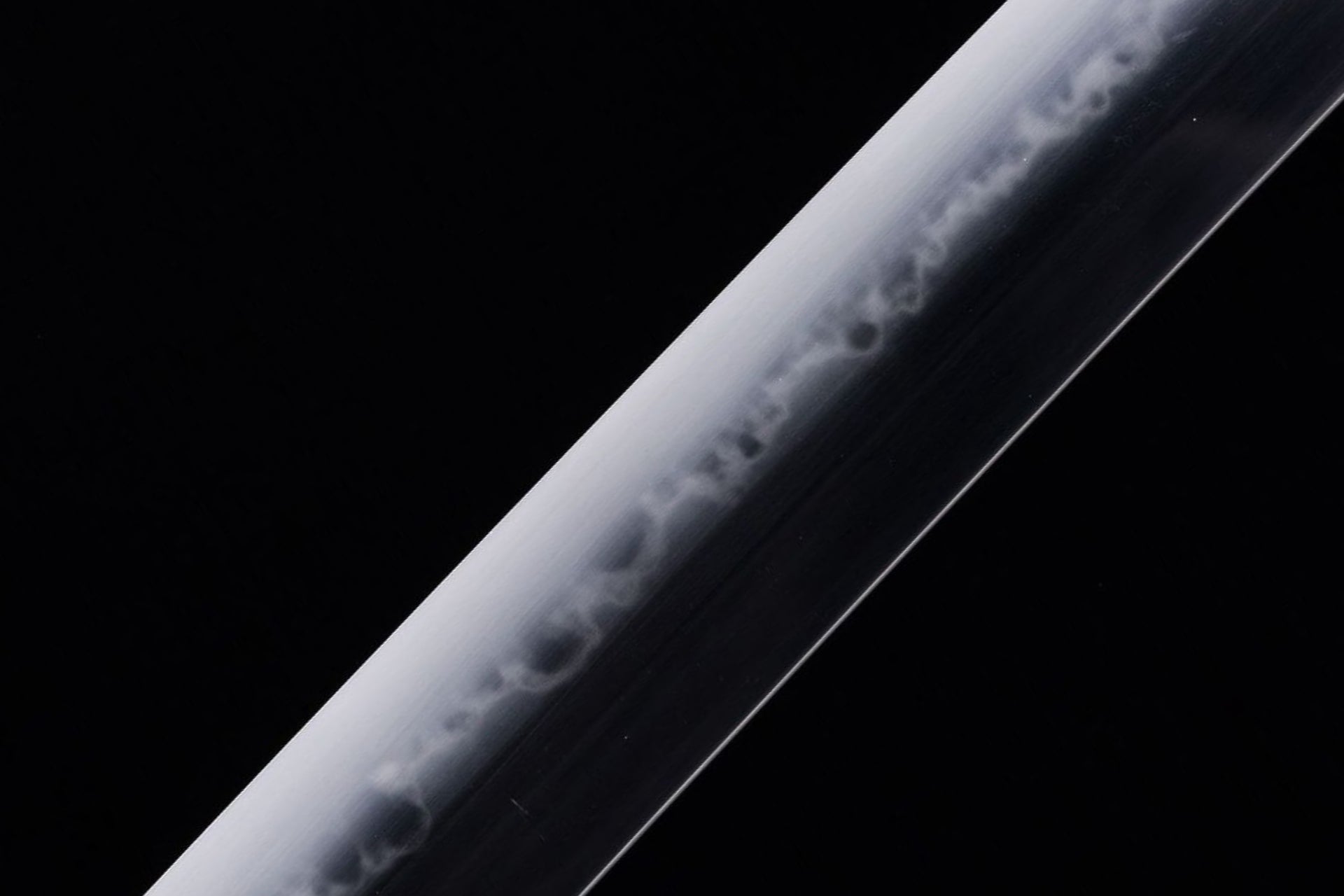
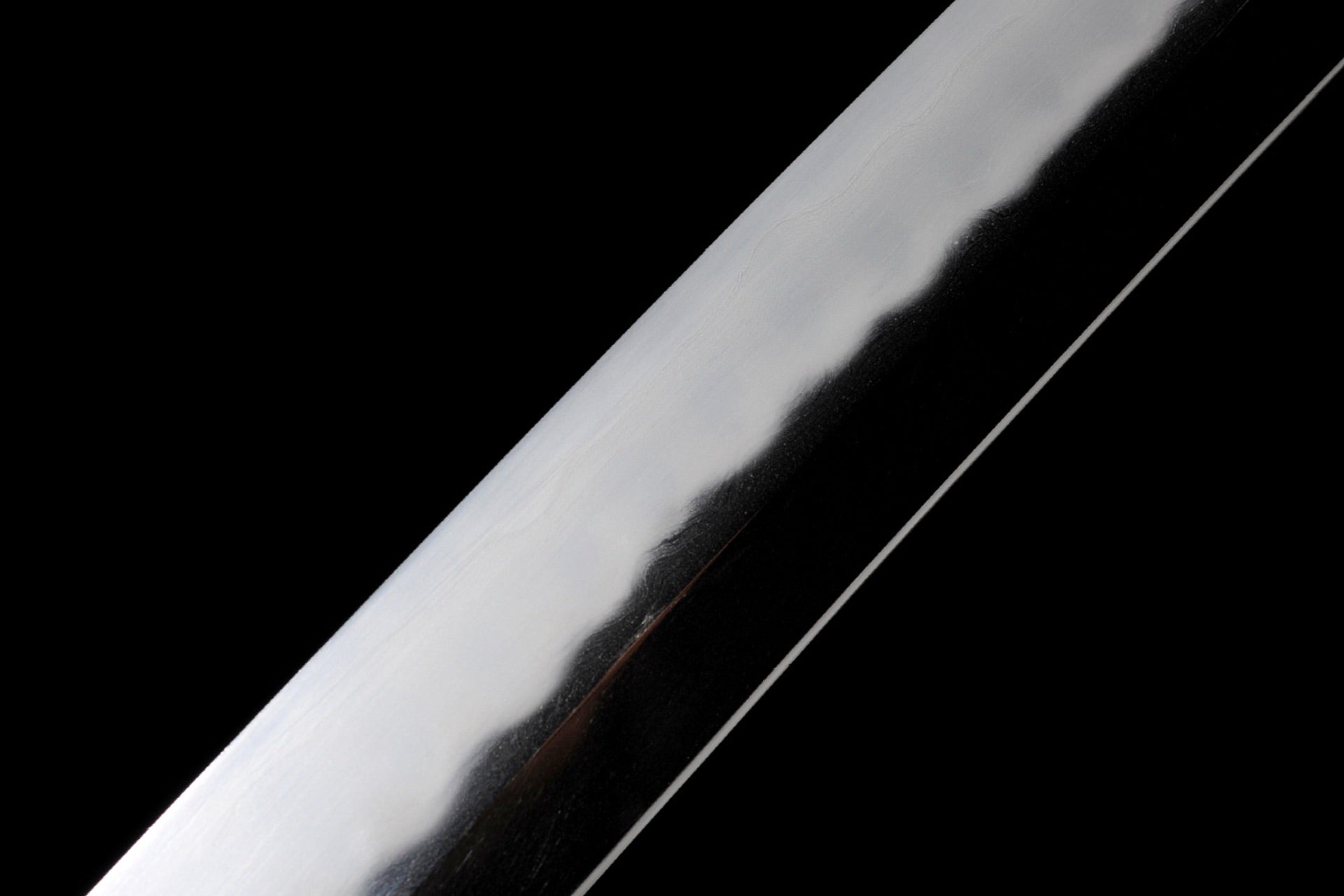
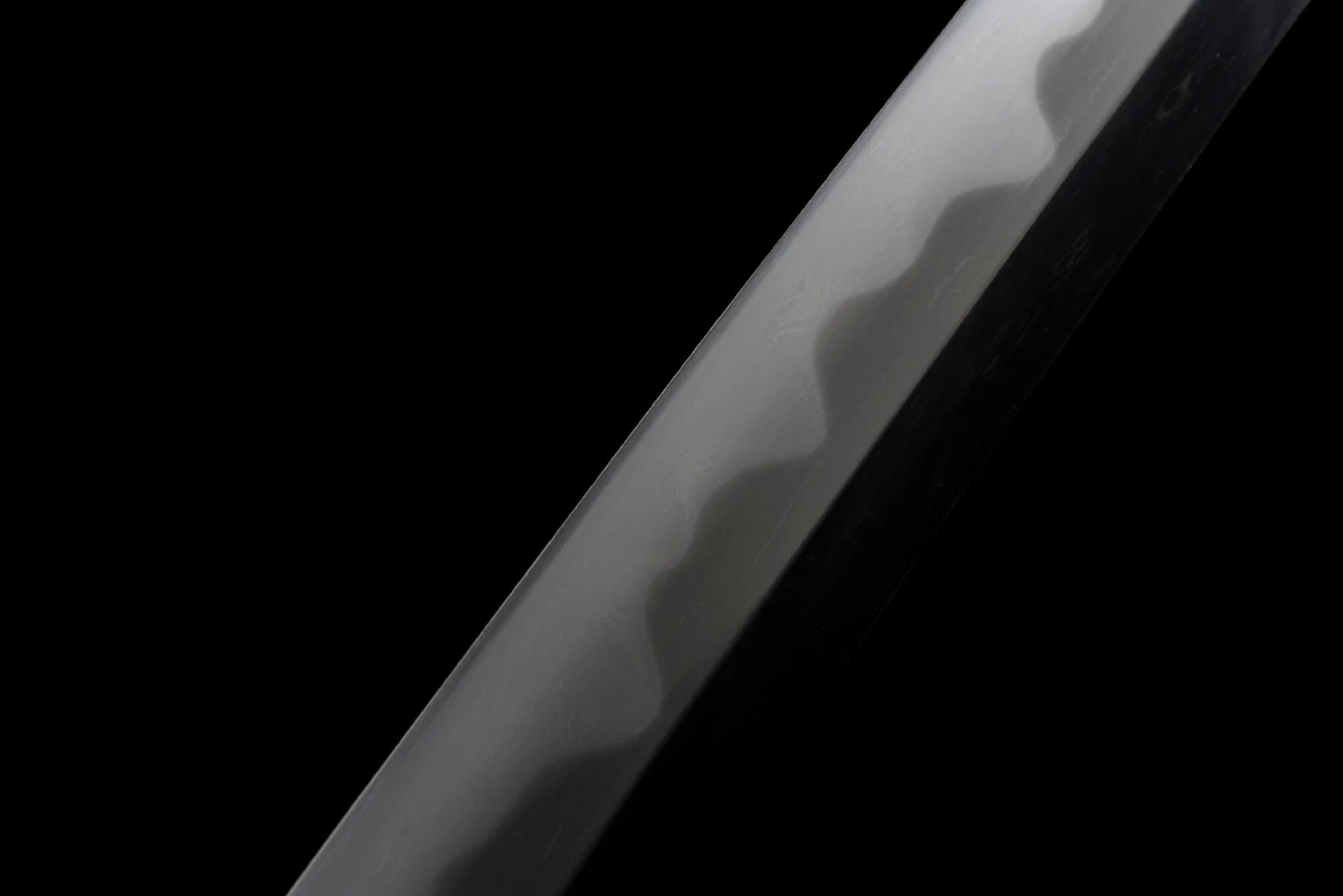
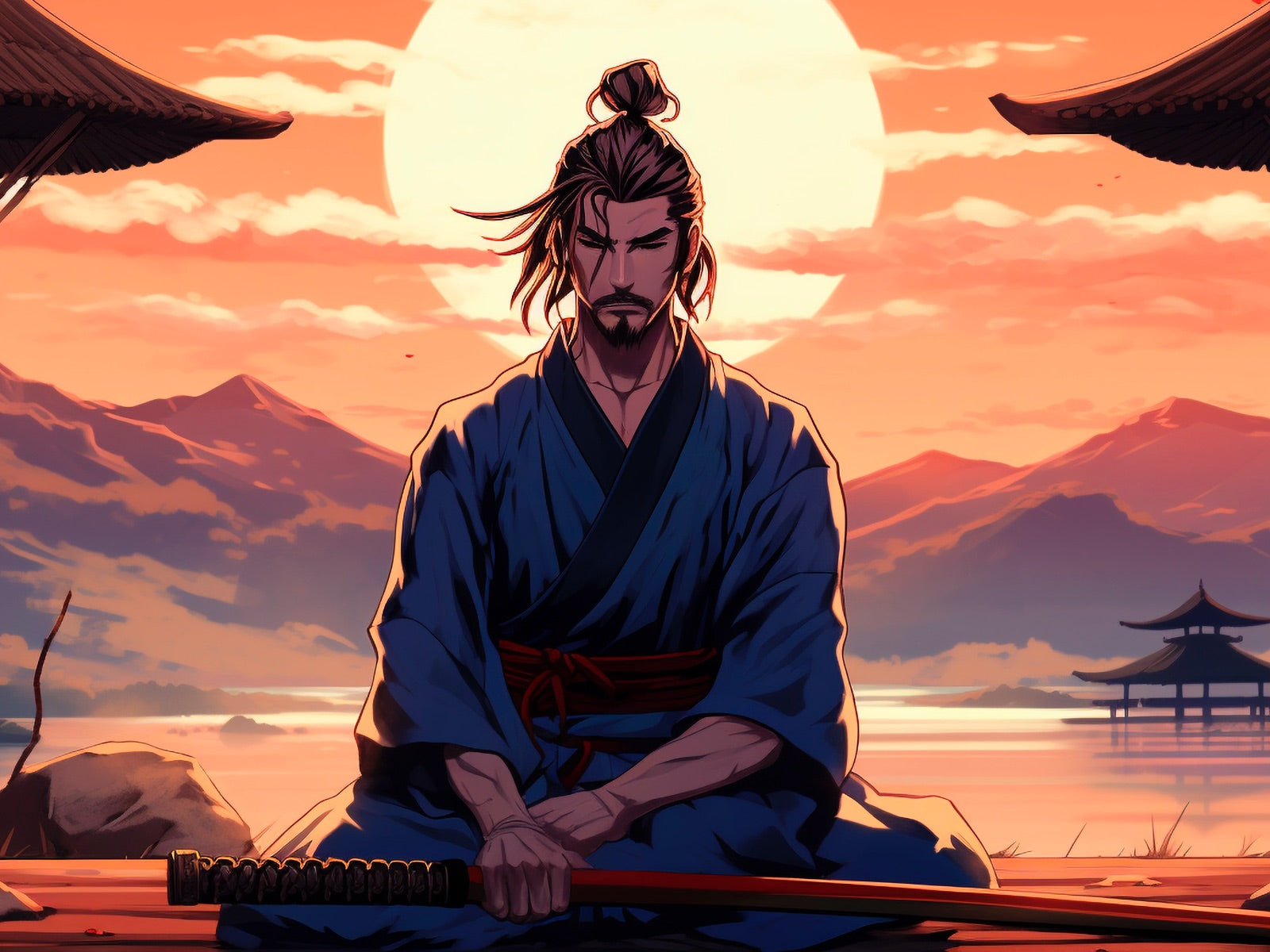
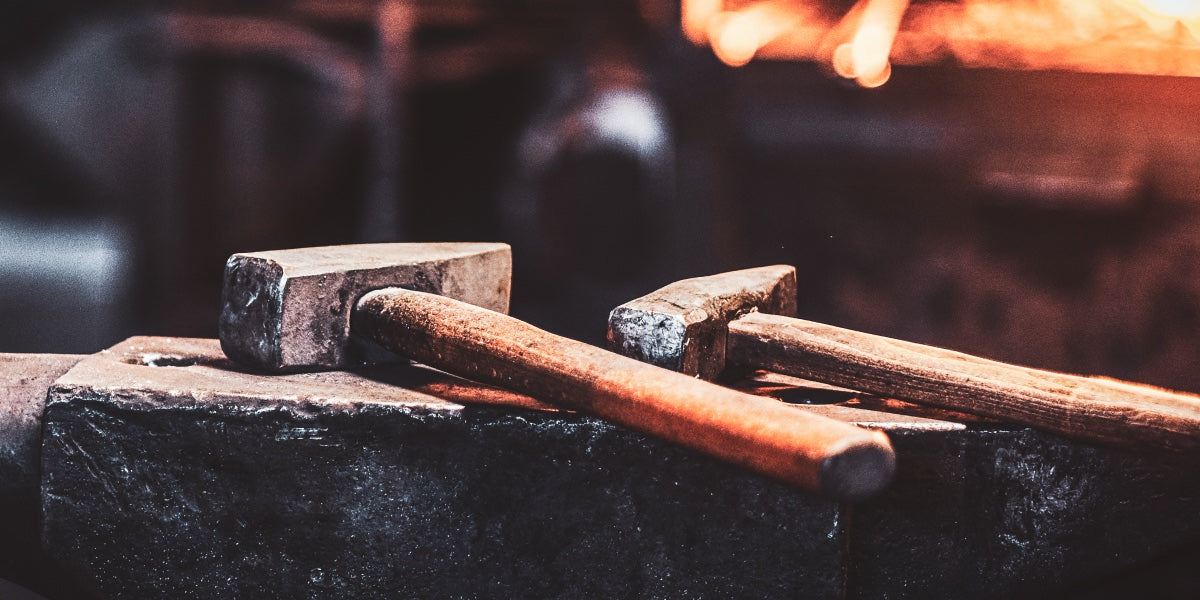
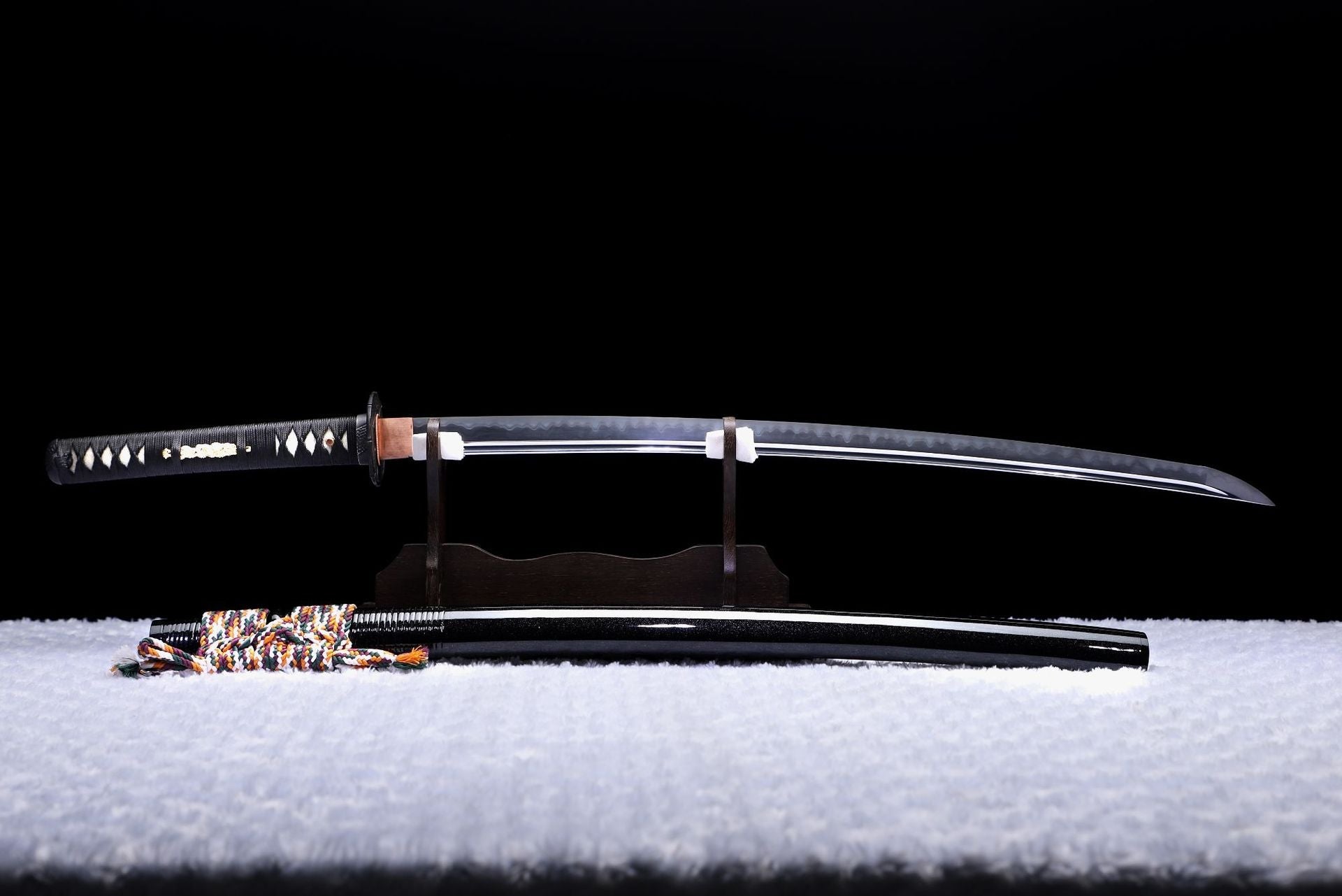
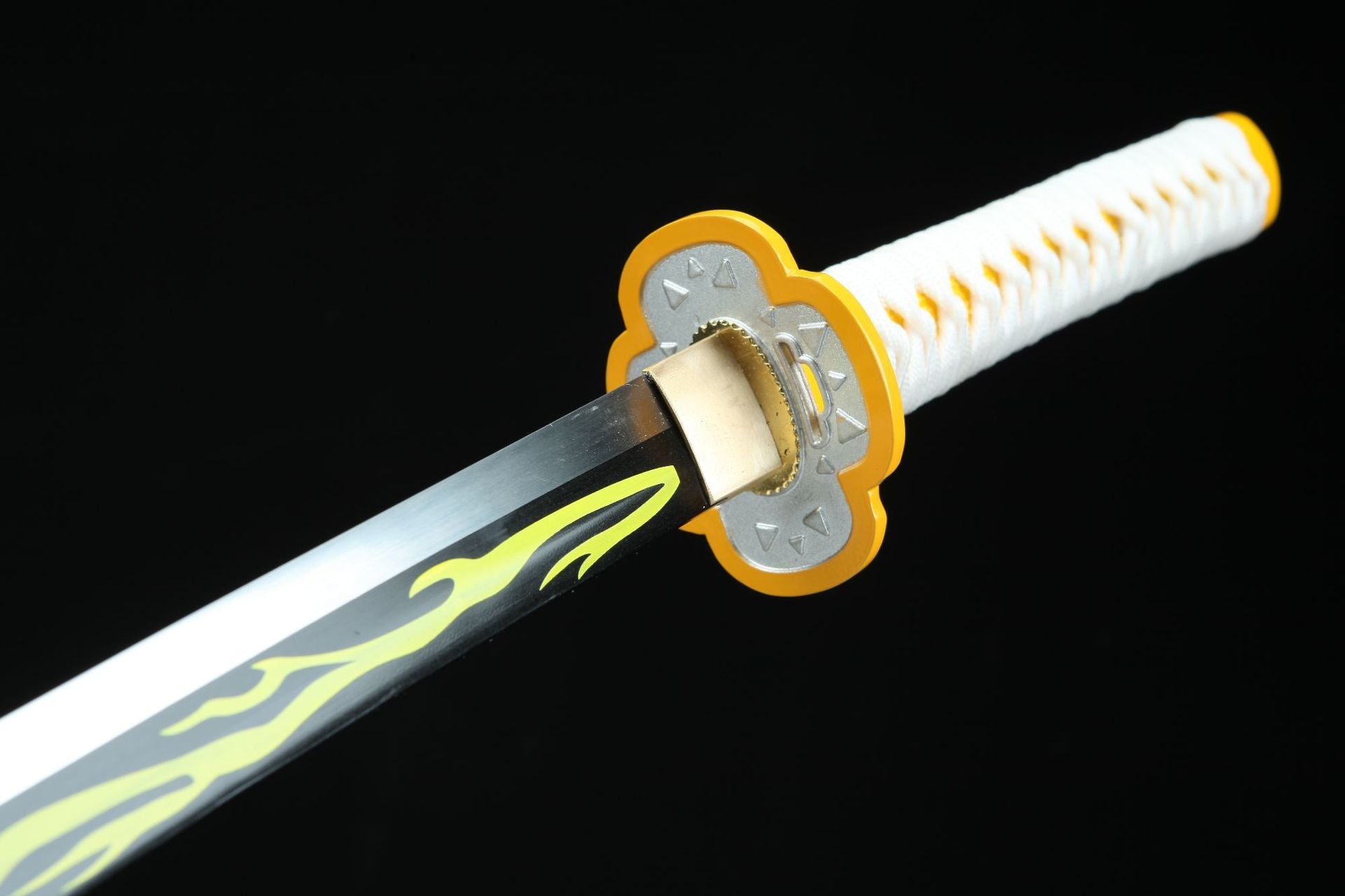
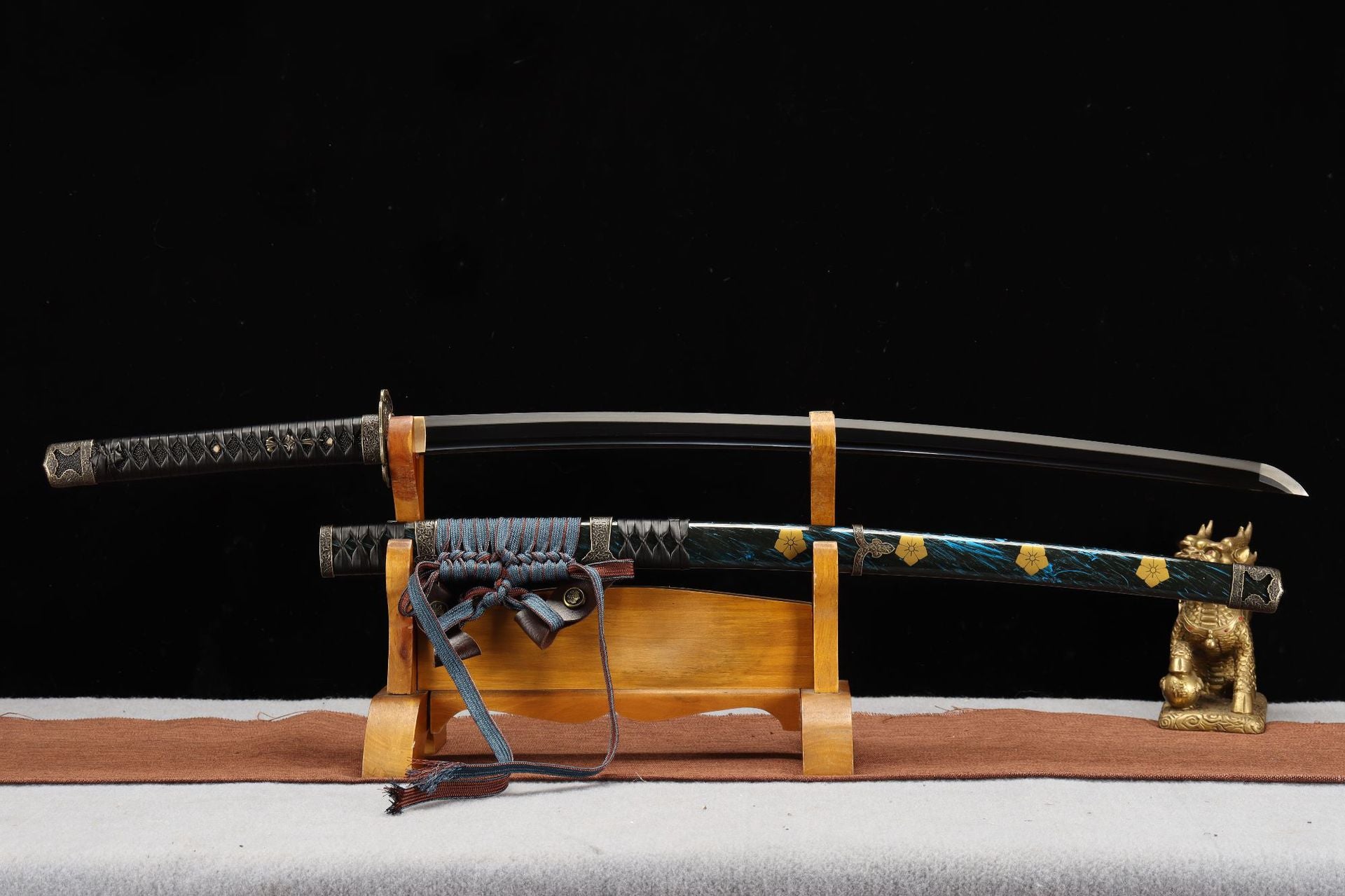
Leave a comment
All comments are moderated before being published.
This site is protected by hCaptcha and the hCaptcha Privacy Policy and Terms of Service apply.